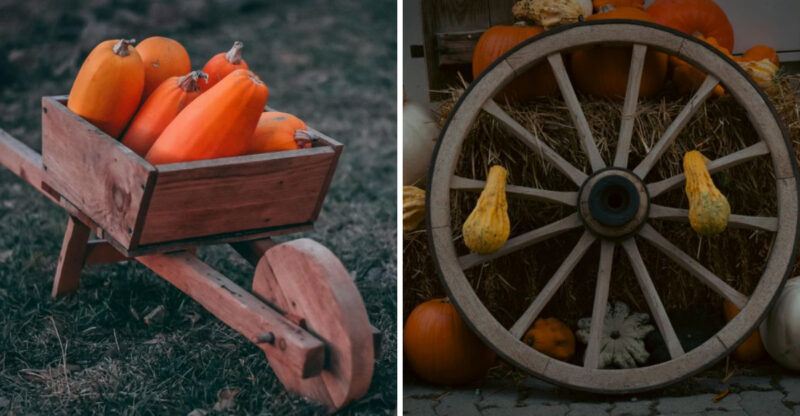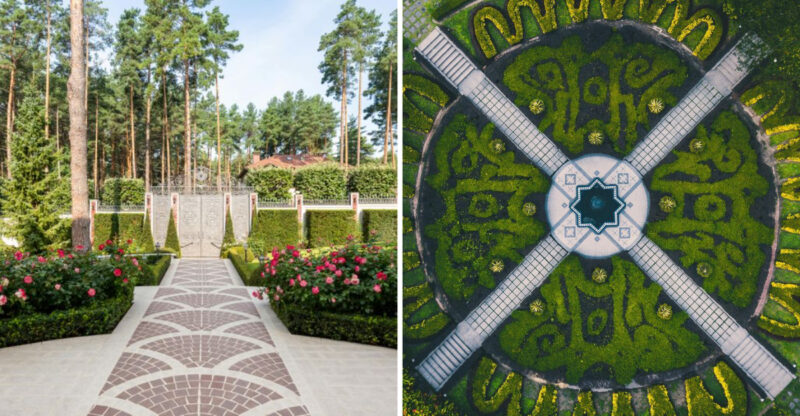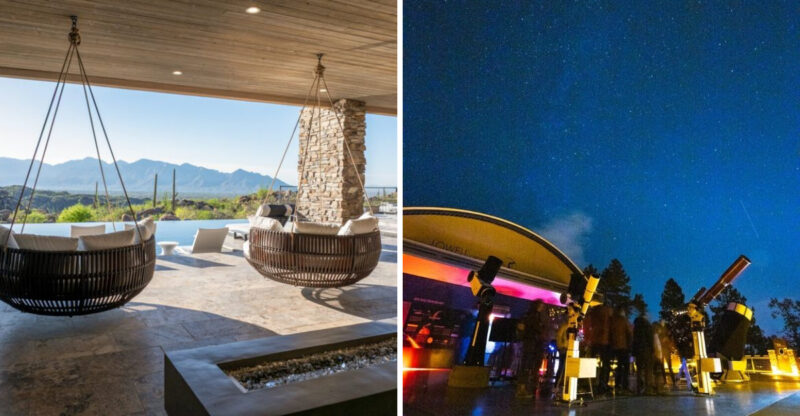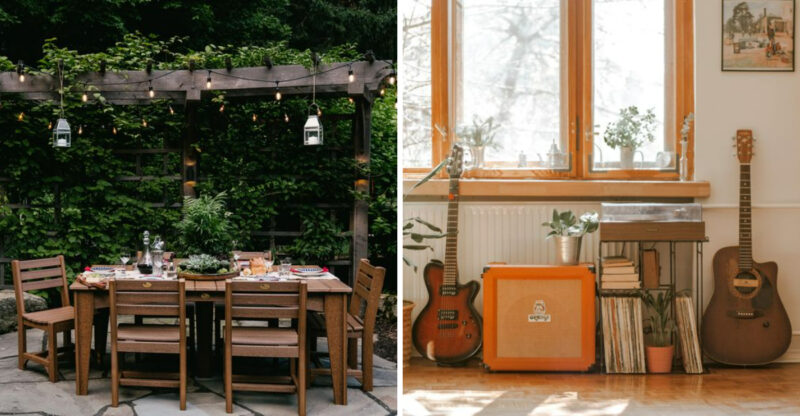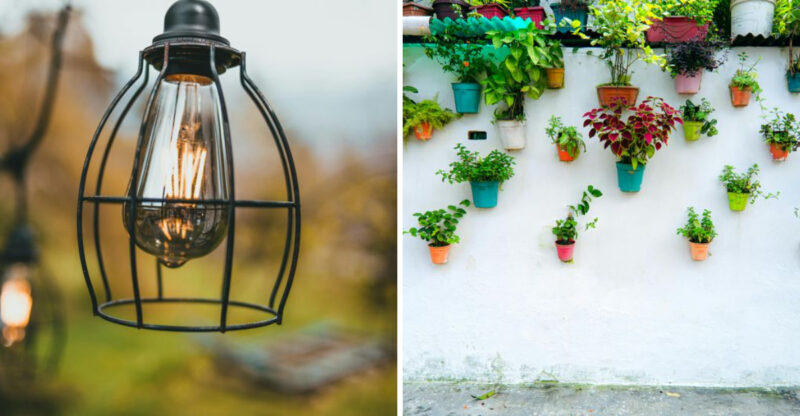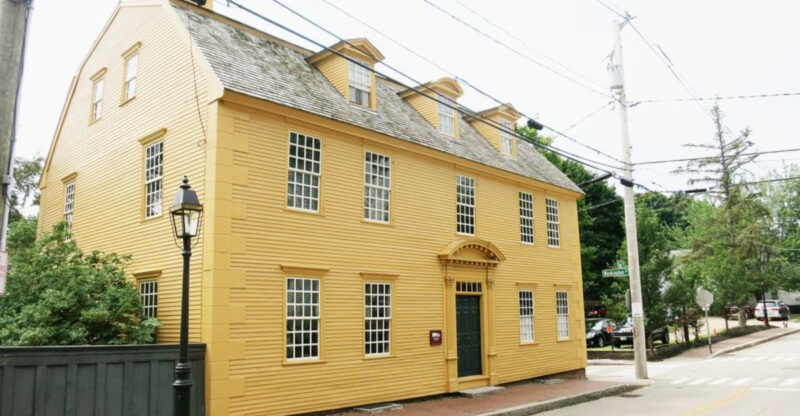12 Outdoor Living Spots Common Throughout Chicago Neighborhoods

Chicago’s neighborhoods offer amazing outdoor spaces where locals gather to relax, play, and connect with nature. From sprawling lakefront parks to cozy neighborhood gardens, these outdoor spots help Chicagoans make the most of warm weather after long winters.
I’ve rounded up the most beloved outdoor living spaces you’ll find across the Windy City’s diverse communities.
1. Rooftop Decks with Skyline Views
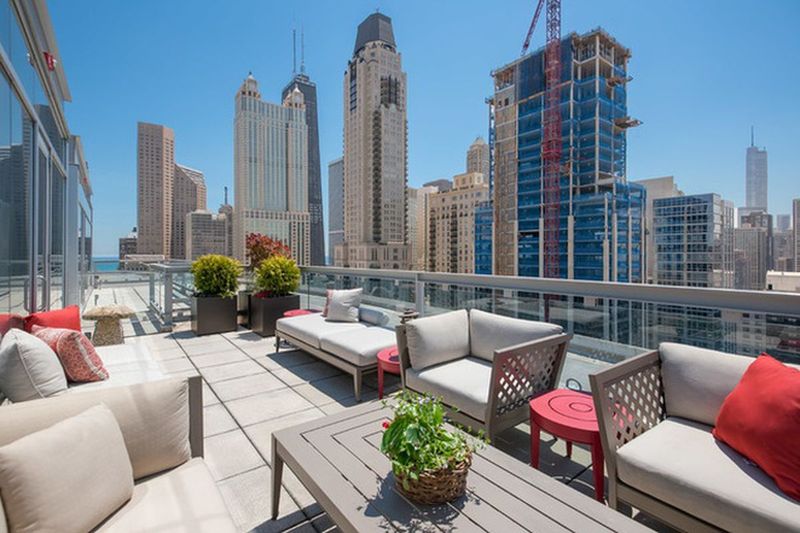
Nothing beats watching the sunset paint Chicago’s iconic skyline from a rooftop deck. These elevated spaces transform ordinary buildings into prime relaxation spots where neighbors gather for barbecues and drinks under open skies.
Many newer condos and apartments include these as amenities, but longtime residents have been creating DIY versions for decades. During summer months, these urban perches become extensions of living rooms – just with much better views and cooling lake breezes.
2. Backyard Fire Pits
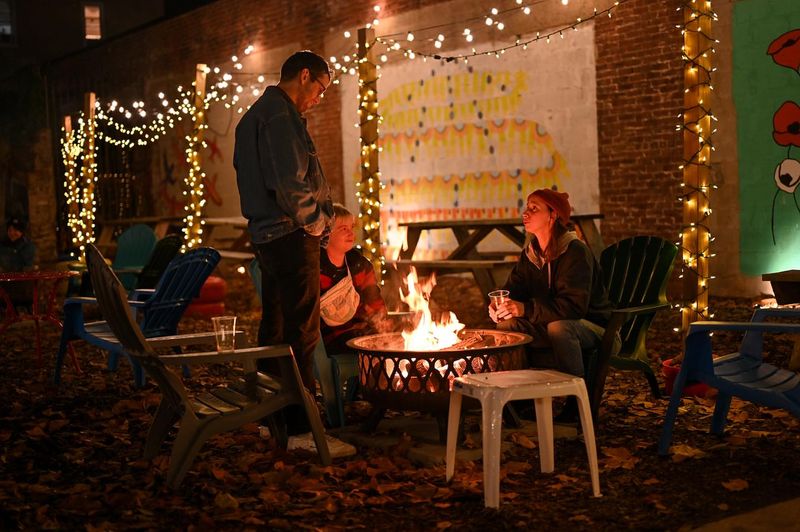
Crackling flames and the smell of toasting marshmallows define Chicago’s backyard culture when temperatures drop. Fire pits extend outdoor living well into fall, creating warm gathering spots for friends and family to share stories under starry skies.
From simple metal bowls to elaborate stone installations, these flame features have become neighborhood staples. I’ve noticed more homes adding them each year, creating cozy outdoor rooms centered around dancing flames that keep Chicago’s outdoor tradition alive even as leaves begin to fall.
3. Community Gardens
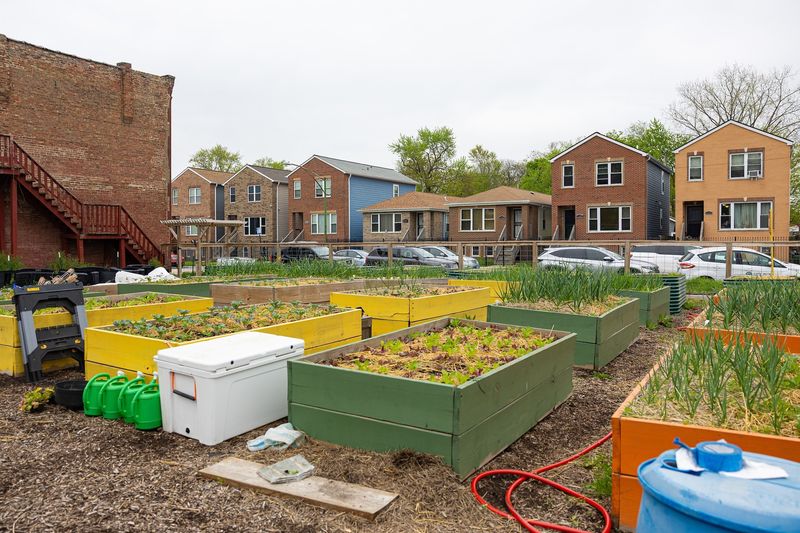
Vibrant patches of green dot Chicago’s urban landscape where neighbors transform vacant lots into flourishing gardens. Raised beds overflow with tomatoes, peppers, and herbs while flowers add splashes of color to concrete surroundings.
These shared growing spaces build community as much as they grow produce. Gardeners swap tips while tending their plots, often sharing harvests with food pantries. For apartment dwellers without yards, these gardens provide crucial connections to soil and seasons – something especially valuable in dense city neighborhoods.
4. Pocket Parks
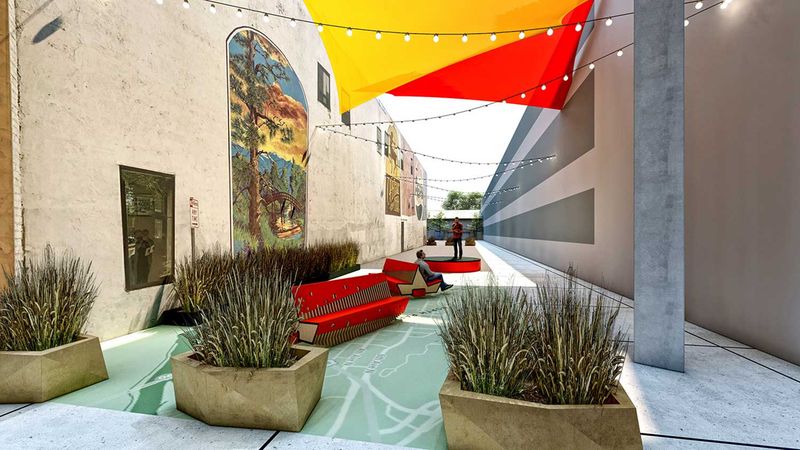
Tucked between buildings or carved from forgotten corners, pocket parks create breathing room in Chicago’s densest neighborhoods. These small green oases might feature just a bench and a few trees, but they provide essential respite from urban hustle.
Local residents often adopt these mini-parks, planting flowers or installing little free libraries. During lunch breaks, you’ll spot office workers enjoying sandwiches here, while parents with strollers gather in afternoons. My favorite aspect is how each reflects its neighborhood’s personality – from artistic Pilsen installations to historic Old Town charm.
5. Lakefront Patios
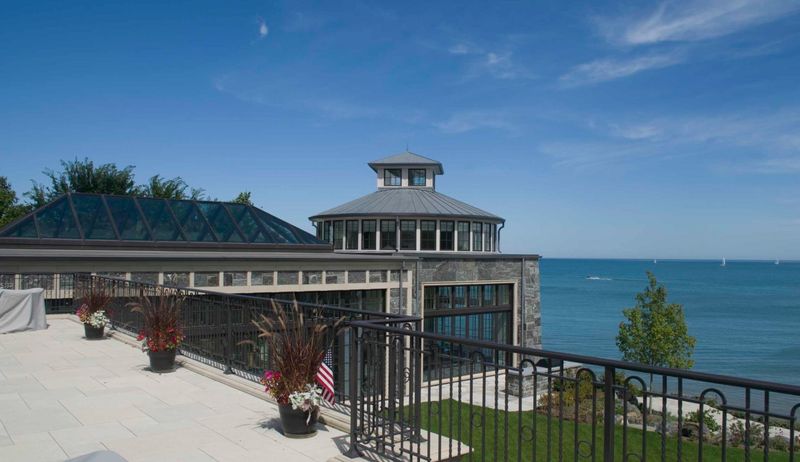
Lake Michigan’s sparkling blue horizon creates Chicago’s most coveted backdrop for outdoor living. Homes and apartments lucky enough to face east often feature patios designed to maximize those water views and cooling breezes.
Morning coffee tastes better watching the sunrise over water, while evening gatherings gain instant atmosphere from moonlight reflecting off waves. Unlike inland patios, these lakefront spaces come with nature’s soundtrack – lapping waves and calling gulls. Even in smaller spaces, clever Chicagoans use vertical plantings and strategic furniture to create lakeside retreats.
6. Dog-Friendly Park Areas
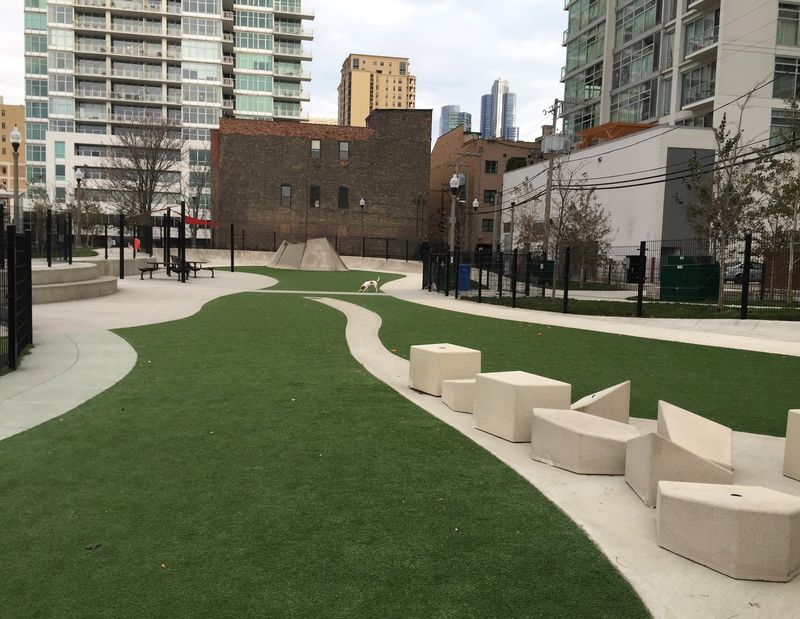
Four-legged Chicagoans need outdoor space too! Dedicated dog parks have become social hubs where pets play while their humans chat, creating community connections that often extend beyond park boundaries.
Fenced areas with special surfaces protect paws from city grime, while water stations keep pups hydrated during play sessions. Some fancy spots even feature agility equipment or splash pads for hot days. These canine hangouts reflect Chicago’s dog-loving culture – I’ve watched friendships form as regularly as the daily dog walking schedule in my neighborhood.
7. Block Party Streets
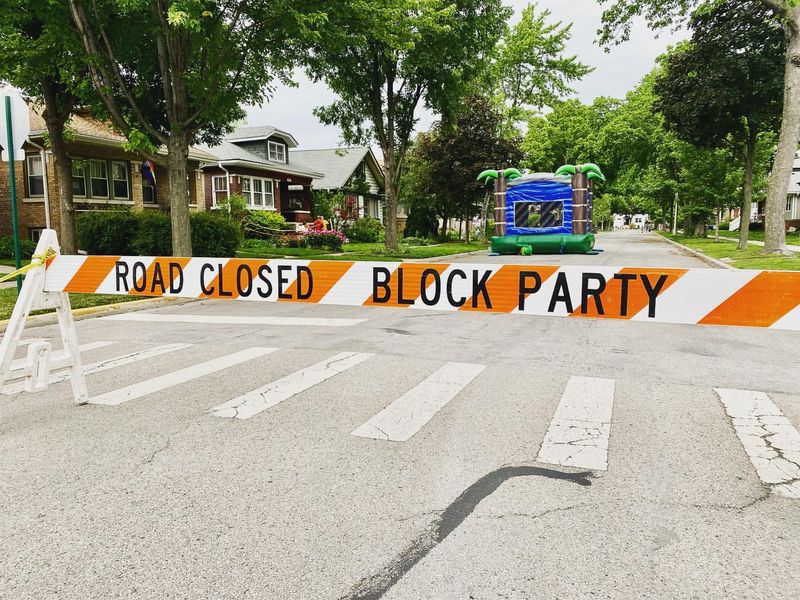
Summer weekends transform ordinary Chicago streets into vibrant outdoor living rooms when neighbors secure block party permits. Kids draw with sidewalk chalk while adults set up grills and tables down the middle of closed-off streets.
These temporary community spaces strengthen neighborhood bonds as families share food and conversation. Longtime residents welcome newcomers, and children form friendships that last year-round. Some blocks have maintained these traditions for decades, with elaborate themes or activities. My block’s annual water balloon fight has become legendary – even attracting participants from surrounding streets!
8. Courtyard Apartment Gardens
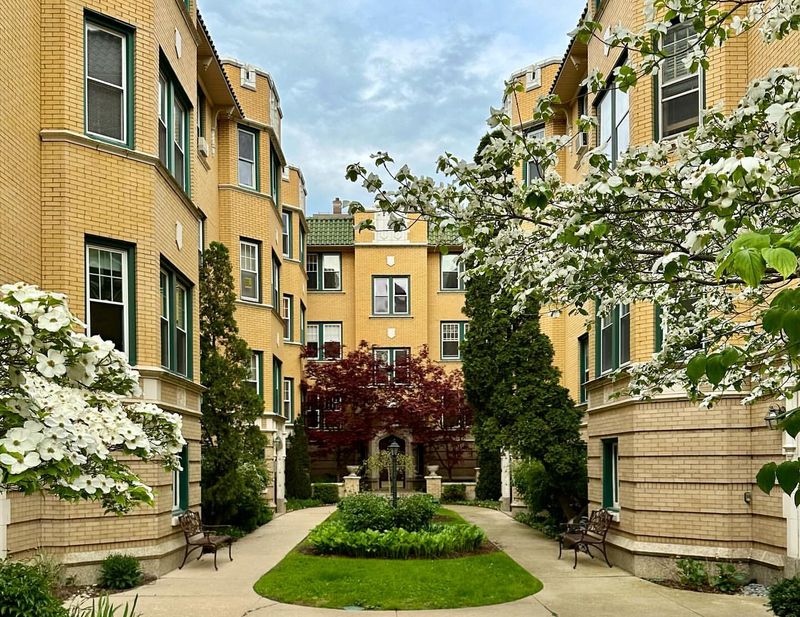
Chicago’s classic U-shaped apartment buildings feature hidden garden courtyards that serve as shared outdoor living spaces for residents. Protected from street noise, these green sanctuaries offer peaceful retreats just steps from apartment doors.
Original 1920s designs often include fountains or reflecting pools surrounded by perennial gardens. Residents gather on benches to read or chat while children play safely within view of multiple units. During pandemic lockdowns, these spaces became especially valuable, allowing neighbors to socialize safely outdoors. The best-maintained courtyards feel like secret gardens hidden from passing traffic.
9. Neighborhood Farmers Markets
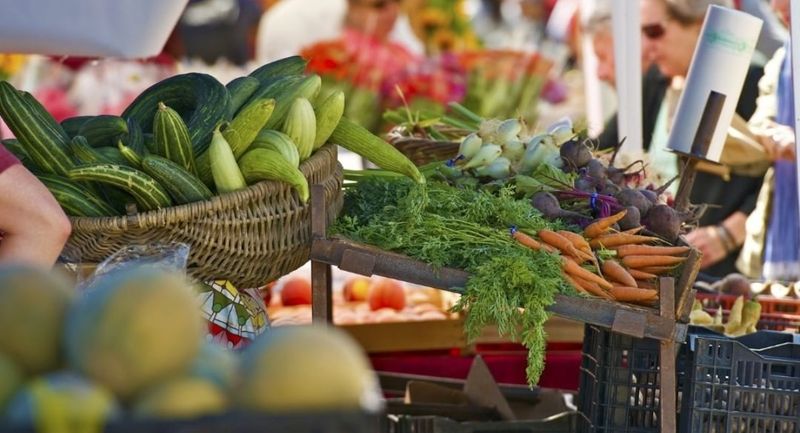
Weekly farmers markets transform parking lots and park sections into bustling outdoor gathering places across Chicago neighborhoods. Beyond just shopping, these become social hubs where families linger over fresh pastries and coffee.
Local farmers display seasonal produce while artisans sell handcrafted goods. Live music often provides a soundtrack as neighbors catch up on community news. I love how each market reflects its neighborhood – Logan Square features hipster coffee roasters, while historic markets in older areas showcase immigrant food traditions that have shaped Chicago’s culinary landscape.
10. Parkway Gardens
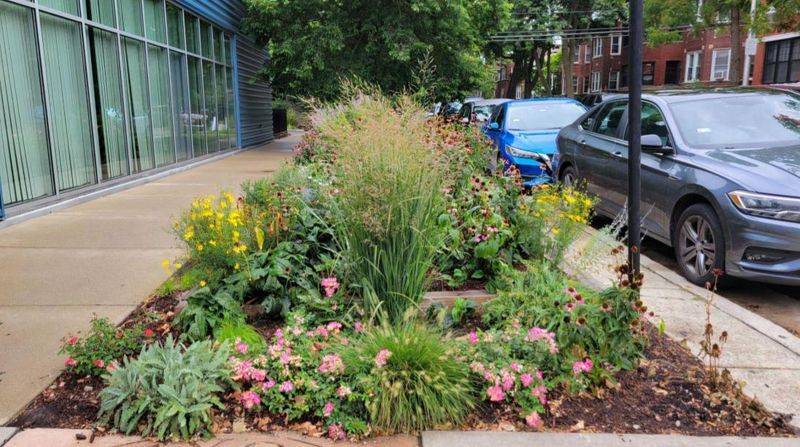
Between sidewalks and streets lie narrow strips of land where Chicago gardeners showcase their creativity. These parkway gardens transform public space into flowering displays that benefit entire blocks with color and pollinator habitat.
Native prairie plants thrive in these spots, requiring less water while supporting local ecology. Neighbors often collaborate on maintaining these linear gardens, creating continuity along blocks. City programs now encourage these plantings by offering free native seeds and permitting alternatives to traditional grass. Walking through neighborhoods like Andersonville or Bridgeport, you’ll spot stunning examples that have inspired block-wide beautification efforts.
11. Neighborhood Brewery Patios
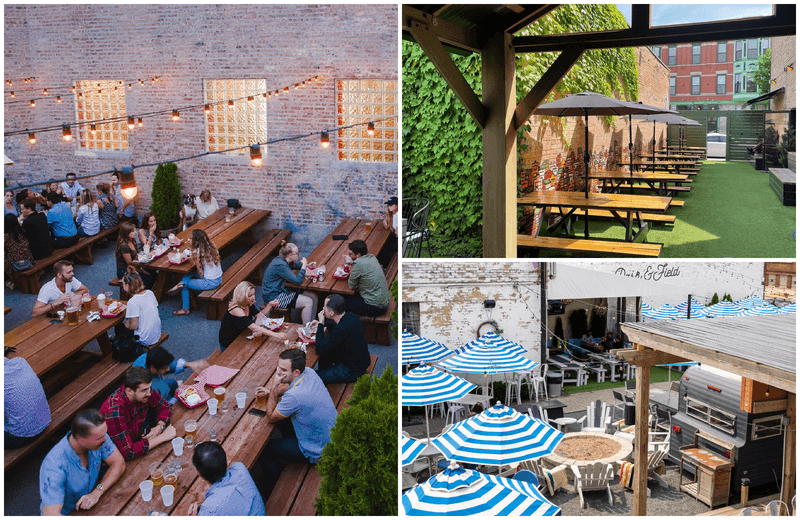
Local craft breweries have transformed industrial spaces into community gathering spots with inviting outdoor patios. These beer gardens blend the line between pub and park, creating casual outdoor living rooms where neighbors connect over local brews.
Family-friendly policies at many locations welcome kids and dogs, making these spaces truly multi-generational. Food trucks often park nearby, completing the outdoor dining experience. During summer evenings, these patios buzz with conversation and laughter under string lights. What makes them special is how they’ve revitalized former manufacturing areas while creating new neighborhood traditions.
12. The 606 Trail Overlooks
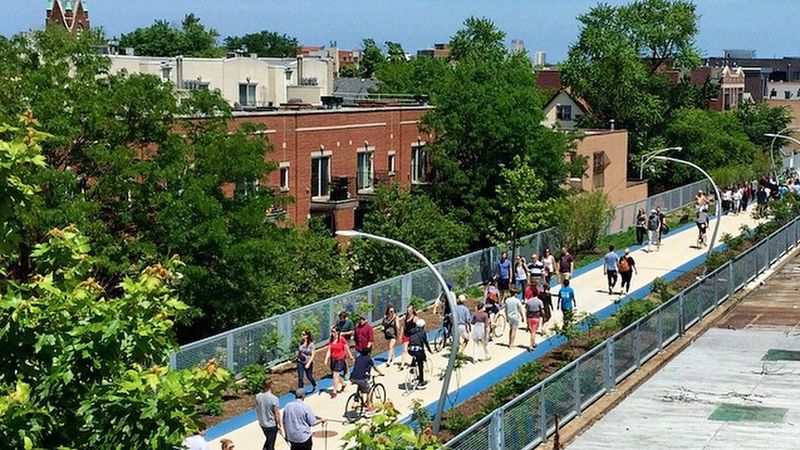
Chicago’s elevated 606 trail features special widened sections where neighbors pause to enjoy unique perspectives of surrounding communities. These overlooks function as linear living rooms where runners catch breath, families picnic, and photographers capture urban landscapes.
Benches and artistic installations create natural gathering points along the 2.7-mile former railway path. Unlike parks that feel separate from city life, these spaces integrate directly with neighborhoods, offering elevated views of streets you might walk daily. During summer evenings, sunset-watchers claim favorite spots while morning visitors enjoy quieter moments before the day’s crowds arrive.

